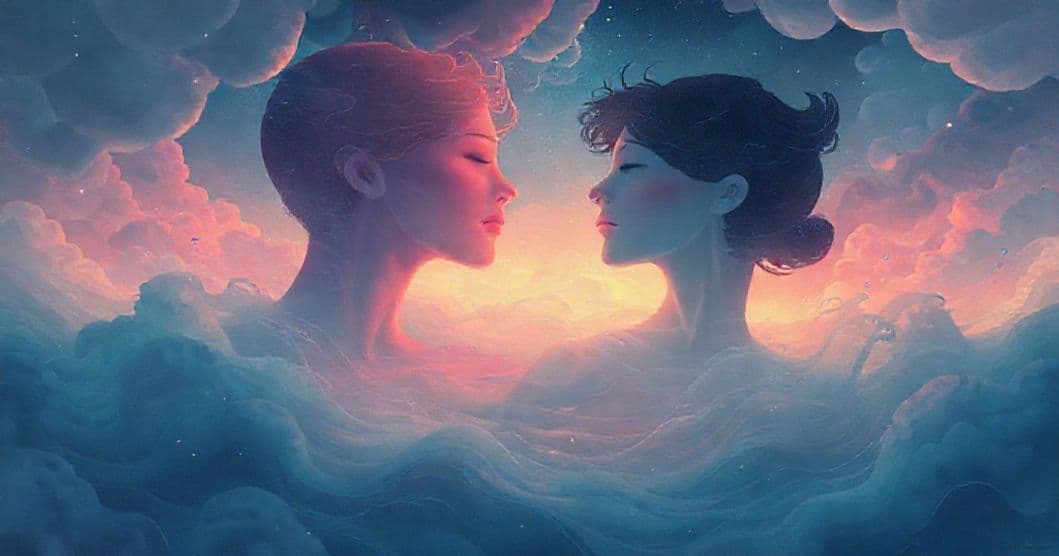Part 1: Dream Presentation
Dreams have a remarkable way of dissolving the boundaries between self and other, offering glimpses into identities we may not fully recognize in our waking lives. Consider this dream experience that delves into gender exploration and emotional connection:
I woke with a strange clarity, the dream still vivid in my mind like a half-remembered memory of a life not my own. I was a boy—though my features felt foreign yet familiar, as if I’d been wearing this skin for years. My hands, once small and delicate, now had the calluses of someone who worked with tools, and my voice, when I spoke, cracked in a way that wasn’t mine. I was fifteen, just like the boy I’d become in the dream, and so was she—my girlfriend, Lila, though her name felt like a weight I’d carried for days afterward. We were in a world that felt both familiar and alien: sun-bleached streets, the smell of gasoline clinging to the air, a sense that we were always running, always hiding. The dream wasn’t just a sequence of events; it was a life lived. I remembered our arguments, our stolen kisses in alleyways, the way she’d laugh at my jokes even when they weren’t funny. But beneath the romance, there was something darker: a sense of being hunted, of being trapped in a cycle of fear and survival. We were being followed, though we never saw who, and I remember the terror of that unknown pursuer, the way Lila’s hand would tremble in mine as we clutched each other in the night. When I woke, I felt disoriented, as if I’d lost a part of myself I didn’t know I had. The dream wasn’t just about being a boy—it was about living a life that wasn’t mine, yet felt more real than my own. It was confusing, exhilarating, and deeply unsettling all at once.
Part 2: Clinical Analysis
Want a More Personalized Interpretation?
Get your own AI-powered dream analysis tailored specifically to your dream
🔮Try Dream Analysis FreeSymbolic Landscape: Unpacking the Dream’s Imagery
The dream’s core elements—gender transformation, romantic connection, and themes of entrapment—offer rich symbolic territory. The teenage age of the dream self (12-15 years old) aligns with a critical developmental period where identity formation intensifies, marked by social, emotional, and physical changes. The act of becoming a boy suggests the unconscious exploration of masculinity, perhaps reflecting societal expectations, repressed aspects of self, or a desire to understand gendered experiences different from one’s own.
The girlfriend, Lila, embodies emotional connection and intimacy. In dreams, romantic relationships often represent the dreamer’s need for union, security, or integration of different self-aspects. The
